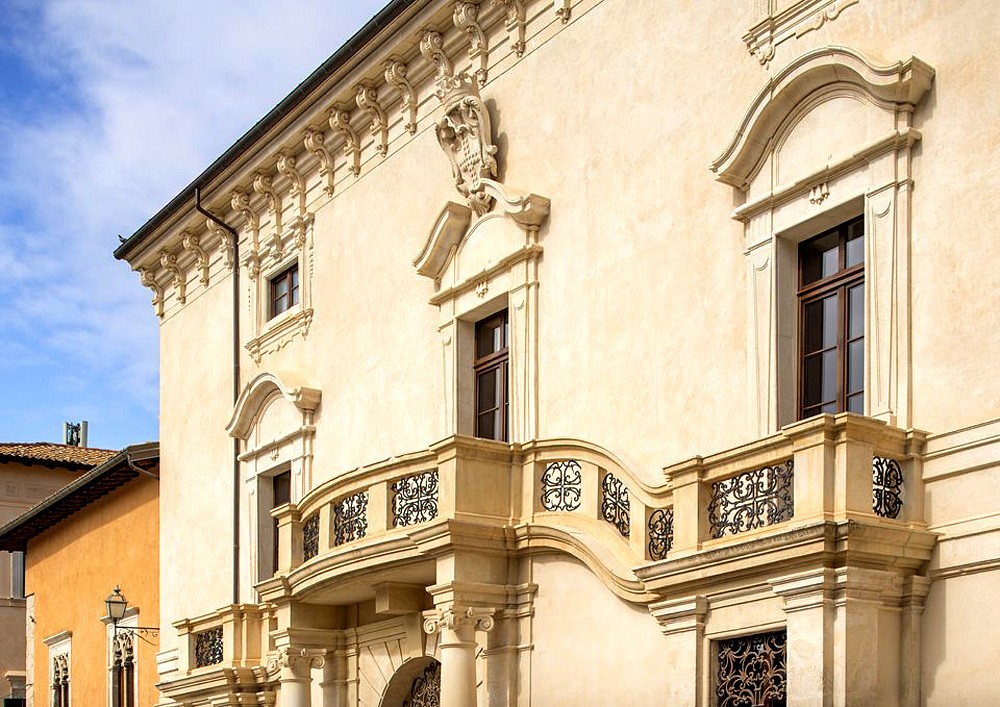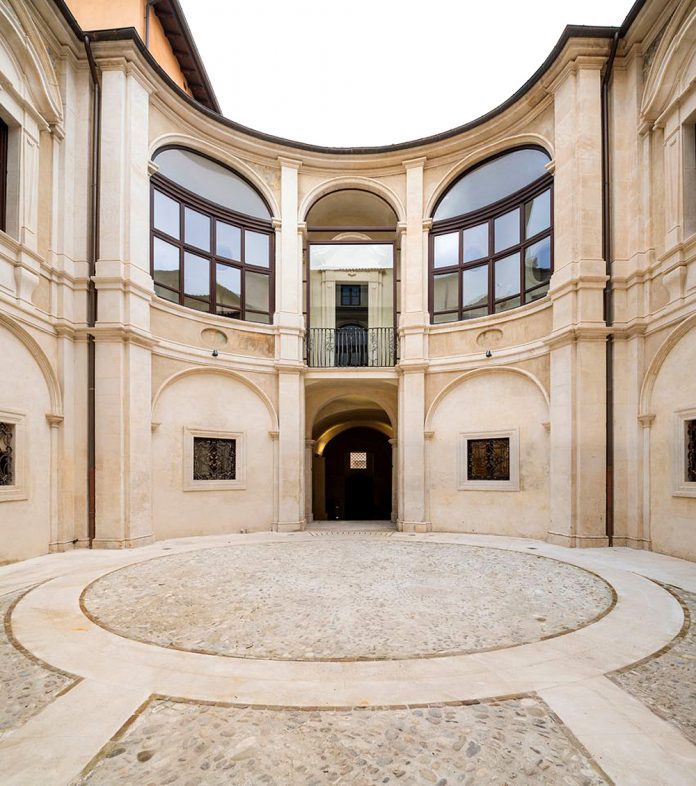Opened on May 28, 2010, MAXXI (an acronym for Museo Nazionale delle Arti del XXI secolo – National Museum of Art of the 21st Century) brings together two museums under one roof – art and architecture. It will take at least a day to visit all the MAXXI exhibition galleries. The MAXXI Architectural Collection includes drawings, models, and documents from contemporary Italian and international architects such as Carlo Scarpa, Aldo Rossi, Pier Luigi Nervi, Paolo Soleri, Giancarlo De Carlo, Carlo Aimonino, Renzo Piano, Tadao Ando and of course Zahi Hadid.
The opening of a branch of the Roman National Museum of Art of the XXI century in the city of L’Aquila in central Italy is scheduled for October 30. For the first time, the government of the country spoke about these plans back in 2015.
The emergence of a new cultural institution should contribute to the revival of L’Aquila after the 2009 earthquake that destroyed the city and its surroundings and killed 309 people.
MAXXI-L’Aquila will be located in Palazzo Ardinghelli, badly damaged by the natural disaster. The Italian Ministry of Cultural Heritage and Tourism has restored the building with financial support from the Russian government.

The first exhibition will include works by the young Russian artist Anastasia Potemkina. In addition, the exhibition includes works by Elisabetta Benassi, Alberto Garutti, Daniela de Lorenzo, Nunzio, and Ettore Spalletti, photographs by the Italian photojournalist Paolo Pellegrino and the Paris-based photographer and video artist Stefano Cerio.
The MAXXI space in L’Aquila will also house a small permanent exhibition from the collection of the Roman Museum, including works by artists such as Maurizio Cattelan, Enzo Cucchi, Piero Manzoni, Liliana Moro, Maurizio Nannucci and Rudolph Stingel.
MAXXI-L’Aquila will receive both private and public funding. During the first three years, the Italian government will donate € 2 million annually to the operation of the branch.
In 2016, Italian authorities announced € 30 million for the restoration of the cathedral, the Church of Santa Maria Paganica, and the medieval walls of L’Aquila.

























